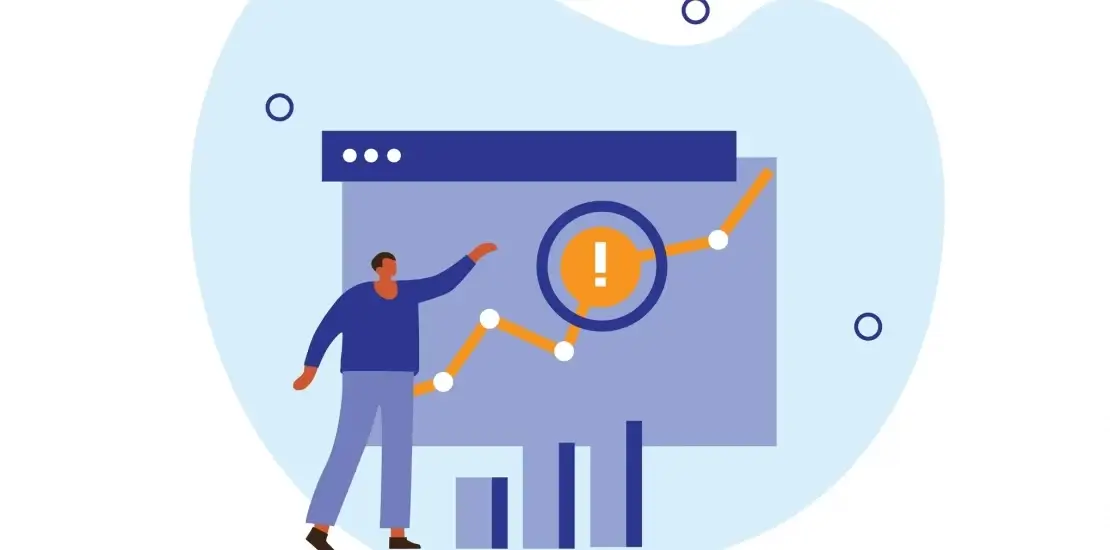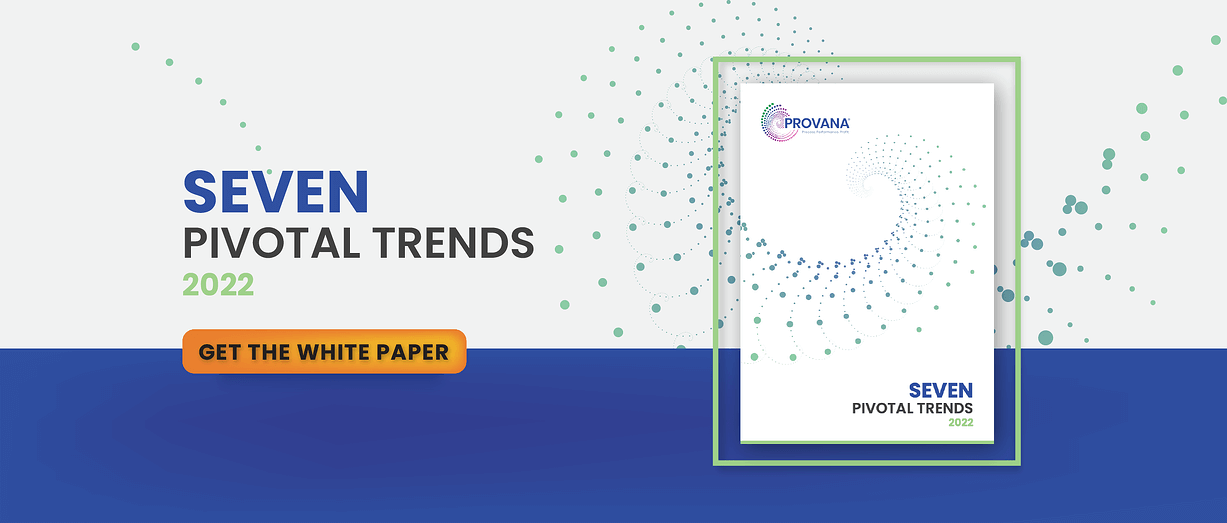Why Collection Businesses Might Need A Strategy Shift
- April 12, 2022
- Category: Speech Analytics

The debt collections industry is undergoing dramatic change thanks to several converging factors. These include the pandemic-related disruption of the consumer credit market, the introduction of new regulations that restrict outreach (such as the Consumer Financial Protection Bureau’s Regulation F ), fluctuating levels of placements, increasing credit reporting scrutiny, and major shifts in how consumers prefer to be contacted about outstanding debt.
In this context, it is becoming more important than ever to take an analytics-driven approach to running an ARM business. There is less room for error and inefficiencies. More pressure from lenders to ensure compliance and more opportunities for consumer attorneys to come after creditors. The modern collections agency or even a lender’s recovery organization is built upon a strong analytics foundation. Anything short of autogenerated dashboards, integrated into compliance management, speech analytics, omnichannel platforms and lender recovery networks is becoming a competitive disadvantage.
Changes in consumer attitudes and expectations
Whether you’re collecting third party or first party debt, for lenders customer retention is becoming an increasingly tricky component of a collection strategy. According to Harvard Business Review it costs five to 25 times more to acquire a new customer than retain an existing one. Churn of any sort is hard to overcome. The same research also adds that increasing the customer retention rate allows a company to increase its profits by 25 to 95%!
Thus, taking a holistic view, there are two key questions to consider when re-evaluating a collections strategy:
Is calling the best way to collect debt?
While phone calls remain an essential part of the collection process, how many respondents prefer a phone call? Only 19%—even if it’s about an important financial issue that could soon impact their credit rating. If consumers know the reason for the contact is about a past due account, that percentage drops in half. Only 9% want a business to contact or remind them about a past due bill. Consumers are twice as likely to prefer an email or letter in the mail over a call. A third of consumers who preferred contact by phone wanted it by text.
Does that mean you should stop calling people who owe you money? No. But combined with recent Reg F limitations, it points us to a more effective strategy to use multiple channels. If you think email and text is just a millennial thing, and adults over 55 would never engage this way, you would be wrong.
Is convenience and control important to consumers?
Needless to say, consumers aren’t waiting by their phones with their payment information ready. Consumers are twice as likely to pay if contacted via email or text for a delinquent payment instead of a call. What if you have a consumer who can pay off the entire debt, but they’re not answering your phone calls or responding to your letters? 46% of consumers prefer to pay by clicking an email link. They choose the time and place to manage their payment, which is so much more convenient. Consumers polled were three times more likely to mail a check than pay over the phone.
Consumer-friendly payment options have a higher likelihood of receiving payment. Lenders and collectors are investing in newer ways to be in contact with consumers. Gone are the days when companies could just use conventional approaches with no regard for consumer’s preferences. This raises additional challenges, however, of keeping in line with engagement thresholds dictated by Reg F and the FDCPA overall.
Modern business analytics as an enabler
Growth-focused collections organizations are adopting new communications technologies and operational strategies that allow optimal outreach for maximum ROI. This becomes impossible to manage without robust, modern analytics to track performance and compliance across all channels. To thrive in a Regulation F environment, collectors must make every call, text, and email count: mitigating errant call blocking and spam-mislabeling, keeping consumer data up-to-date, and determining the best times, days, and channels to reach out to each individual consumer is key to maximum collection revenue.
*Source reference: Excerpts from research conducted by The Commercial Agency Association; Harvard Business Review; Study by Intelligent Contacts, a payment software company








